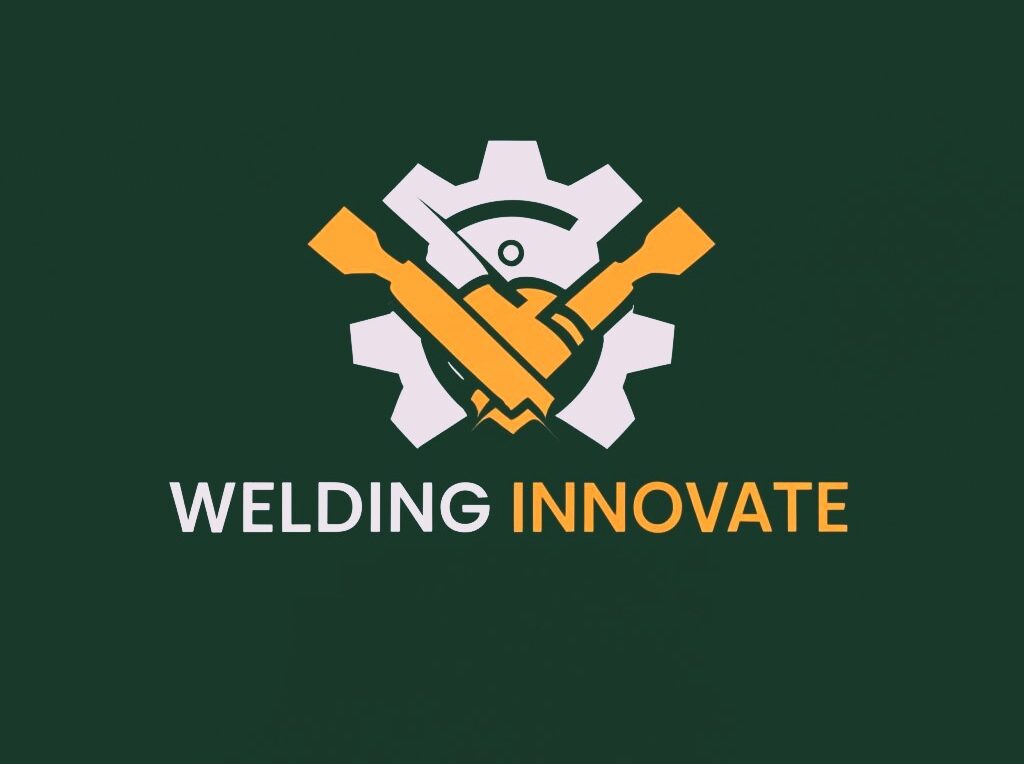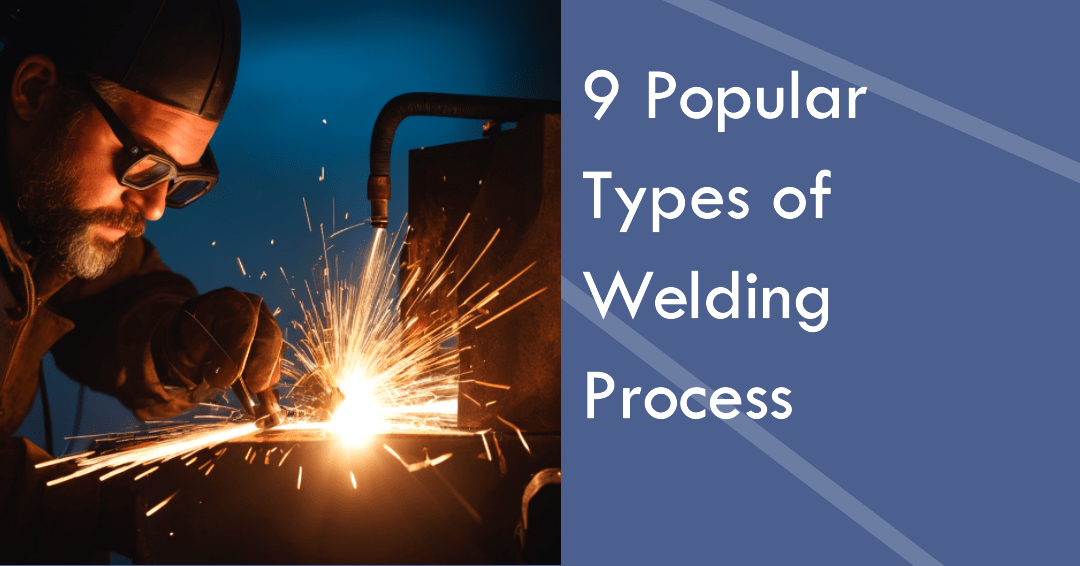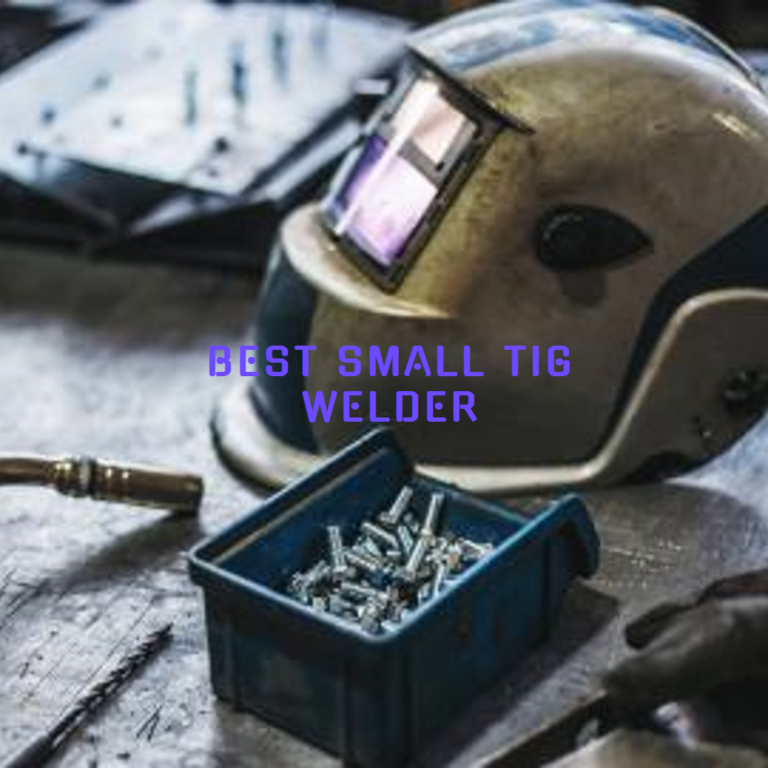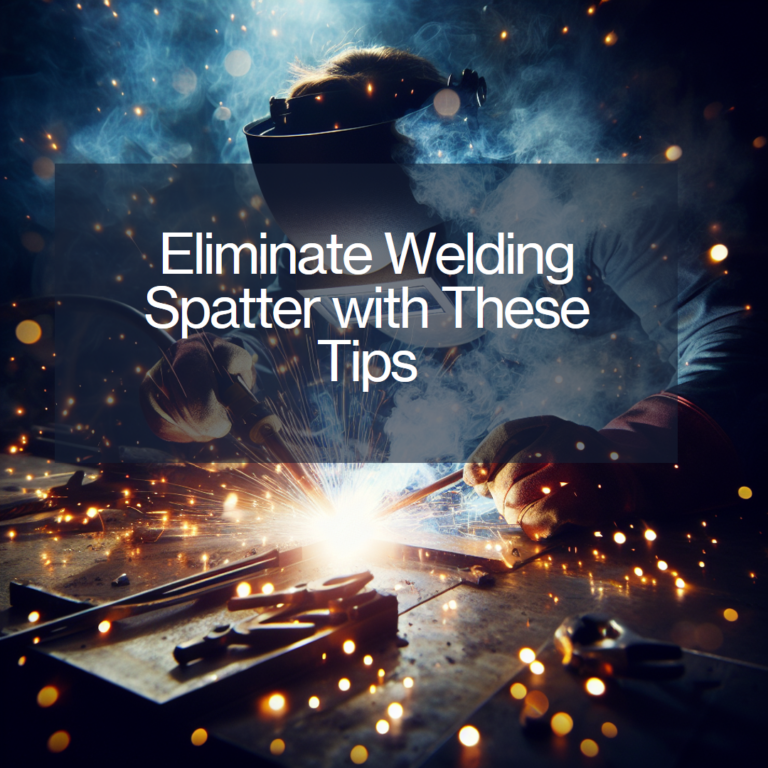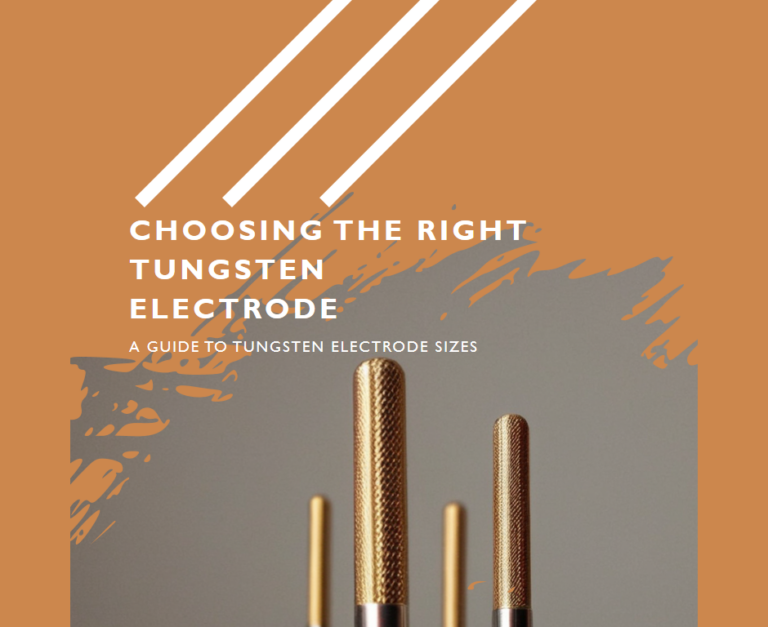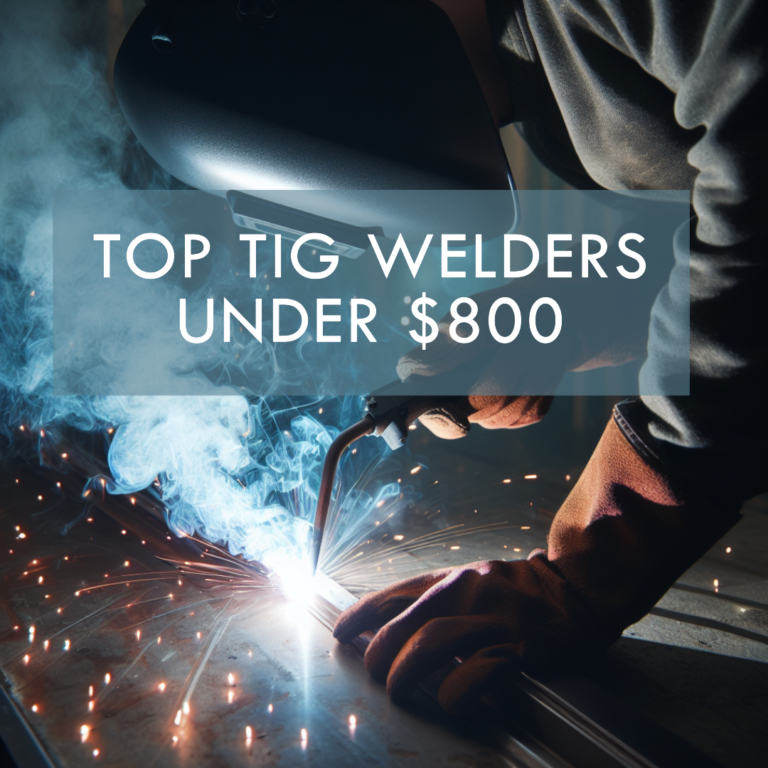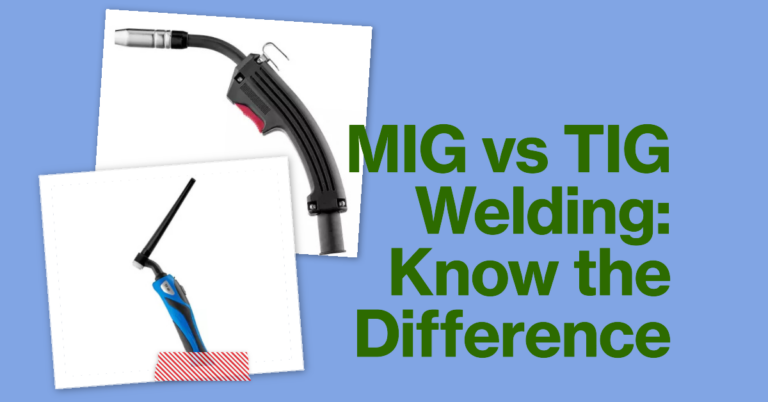Want to know different types of welding processes? In the welding world, the more you learn, the more you will gain experience. With the learning and working, your hands will become more expert and skillful for specific welding types.
All welding types have different types of metals for effective and precise welding. For experience, select the types and metals that you want to work with.
In this article for our learning and experience, we bring a list of 9 different types of welding processes.
All these processes will help you to take your welding to the next level. The practice of these processes will make you an expert in your field.
9 Different Types of Welding Process
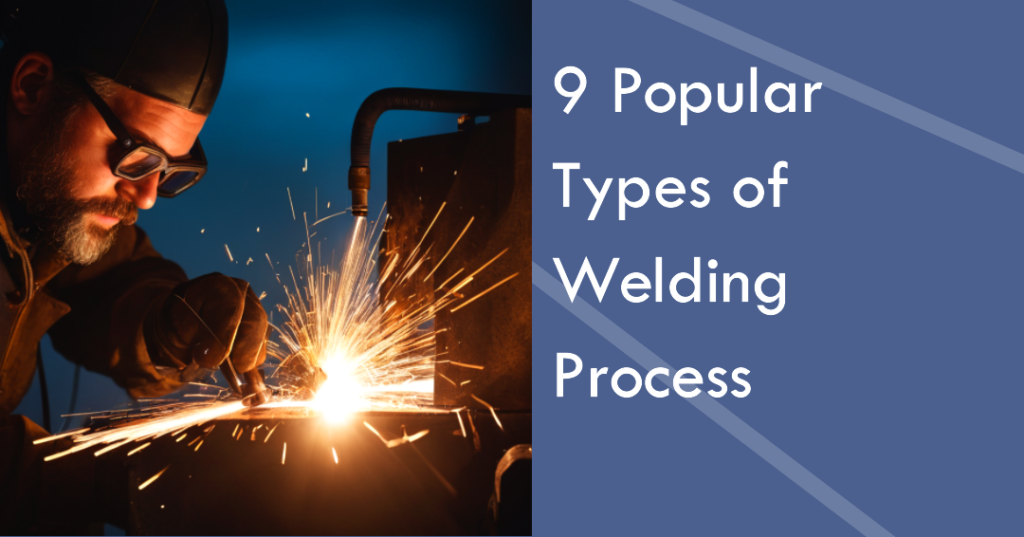
1. Tig welding
The tig welding is also known as heliarc, and gas tungsten arc welding GTAW. In tig welding, tungsten electrodes are used for welding, but you will also need external gas for strong welds.
The standard gases that they use for their welding are argon and a mixture of argon plus helium. It is mostly used for the welding of thin and nonferrous things such as aluminum copper lead or nickel. Experts recommended using TIG Welders for Aluminum to get better results.
Tig welding is one of the most challenging and long-lasting welding processes. A welder becomes an expert and master of this process by working for an extended period. These welds are usually more strong and more robot than other welds.
Expertise is required to do this welding because the area of arc and welded material is very narrow. Only experts and skilled hands can do this type of accurate welding.
The best thing about this welding is that you can do it without using any filler melt. There are only two metals that are joined together through this welding.
However, if you want to add filler metal, you can add it only by your hand feeding. It requires a gas tank to get a perfect and precise amount of gas for excellent welds.
You can say that it is safe and visually appealing because there is no need for anything to clean up, and it is free from spattering.
All these qualities make it a difficult and challenging type of welding that require expert and skillful welders for its completion.
The simplest form of welding is MIG welding. Every new beginner can do this type of welding easily.
The abbreviation of m is an inert metal gas, and it is also known as gas metal arc welding GMAW. In this type of welding, first, a filler metal is fed through the wand.
During this process, gas is used to protect the welds from the outside elements and air.
The gas used for shields is mostly carbon dioxide, oxygen, argon and helium. These toes of welding are not very suitable and good for outdoor use, but you can still use them for welding different thickness metals precisely.
It is a common welding type that is used in the automotive industry.
By using this welding, you can weld the following material.
- Stainless steel
- Carbon steel
- Nickel
- Copper
- Oxygen
- Aluminum
It is the best welding type for beginners to learn a lot of welding techniques. Before mig welding, you need to clean up the welding surfaces to increase your speed and for better welding control.
For perfect MIG welding, you only need to control your speed and shield the gas amount.
The only negative thing about this welding is the cost of shielding gas. This thing makes this elding expensive.
With the shielding gas, you can not weld thicker metal, overhead welding, and vertical welding effectively.
3. Plasma Arc Welding
Plasma arc welding was introduced in 1954, and it is similar to tungsten arc welding GTAW.
The main difference between both these types iS the usage of arc. In this process, a smaller arc is used than the GTAW to make more robust and precise welds. Moreover, different torches and extremely high temperatures for welds.
For plasma welding first, inside a wand, the gas is pressurized to create plasma. After that, the plasma is ionized for its electrical conductivity.
This ionization allows the formation of a high-temperature arc that can melt metal. Its similarity with TIG Welding is here because there is the use of filler metal in all its arc creation.
It is commonly used in the aircraft manufacturing industry while it is not suitable and is rarely used for DIY welding. Besides this, it is not useful for enthusiast welders.
It also allows you to produce aesthetically pleasing welds with high levels of strength by deep weld penetration of narrow welds. With all of its techniques maximum high speed is also possible to achieve.
4. Electron-Beam Welding
Electron beam welding is one of the most sophisticated types of welding. In this type, the welding of two metals is done by the kinetic energy heat that is produced by the high-velocity beam of electrons.
The intensity of this heat firmly welds two metals together. You can do this type of welding in any area although it is carried out in a vacuum by machines.
It is used in multiple industries like the aircraft engine industry and automatic inline part production industries.
Mostly the big manufacturing industry uses this type of welding. Have a look at different products that are a result of this type of welding.
- Transmission assemblies
- Bimetal saw blades
- Aerospace components.
It is one of the perfect welding types to weld thick and thin materials together. With these techniques, you can quickly join disclaimer metals like those that differ in thermal conductivity and melting points.
Another use of this welding is the pre-evacuated housing and sealing of electrical components due to its vacuum-based process.
5. Flux-Cored Arc Welding (FCAW)
The flux-cored arc welding FCAW is similar to MIG welding. A MIG welder can also perform the duty of FCAW sometimes because of the same processes.
In this welding process, like the MIG welding, a wire is used as an electrode while you have to feed filler metal in your wand.
The difference between both these types lies here. There is no need to use external shielding gas because the wire has its core of flux that works the shielding gas. This flux protects it from the outside material and air.
This type of welding is known for being inexpensive and easy to learn. To gain more experience in welding these types is best to choose. Moreover, you can also perform outdoor weddings with these types.
The FCAW is mostly used for the construction of heavy metal although high heat is involved in this welding.
The eBay thing about this method is that it is cost-effective because there is no expense of shielding gas. Besides this, it does not produce too much waste.
One of the oldest welding techniques started in the 1930s. With the advancement of technology, it continually improved and updated. Still, it is a popular form of welding due to its simple application, cost-effectiveness, and easy-to-learn properties.
In this welding, cleanup is the necessary thing. It does not make clean and neat welds because it splatters quickly.
In stick welding, the role of filler metal is served by a stick consumable electrode. For welding here, an arc is produced that melts electrode and filler metal.
The stick also protects the metal from oxidation because it is already coated into flux. When the welds cool down the gas turns into slag after its settlement on metal.
It is a cost-effective method because there is no use for external gas, and you can also use it for outdoor welding.
The best thing about this welding is that it works well on painted, dirty, and rusty surfaces. You can use it for repairing different gadgets.
Since it doesn’t require gas, this process can be used outdoors, even in adverse weather such as rain and wind. It also works well on rusted, painted, and dirty surfaces, making it great for equipment repairs.
Different types of electrodes are available and easy to swap, making it simple to weld metals of many different kinds, though it’s not great for thin metals. Stick welding is a highly skilled process with a long learning curve.
7. Atomic Hydrogen Welding
Atomic hydrogen welding is one of the ultimate heating weld forms because it requires extremely high heat for welds.
Its extreme heat form is also known as arc atom welding. It is one of the eldest welding forms now its modified form has become MIG welding.
In this type, two tungsten electrodes are shielded together by the use of hydrogen gas.
You can do the welding with and without the usage of filler metal. For your safety of yourself, it is important to wear all personal protective gear in these welding types because of extreme levels of heat usage.
8. Laser Beam Welding
The welding of thermoplastic and metals is done by laser beam welding. As its name suggests, the welding is done by the use of lasers.
The laser produces the amount of heat to create the specific weld. It is also used in the automatic industries because of its robotics automation.
You can use this type of welding on the following materials.
- Carbon steel
- Titanium
- Aluminum
- HSLA steel
- Stainless steel
9. Electroslag
The electroslag is the up-to-date welding process in which two metals are vertically joined together by welding their thin edges. There is no outside joint weld while the two plates get the weld inside of their edges.
A welder does not perform this type of welding because it is an automated process done by machines. For electro slag welding, the first consumable metal guide tube that acts as filler metal is used to feed the copper electrode wire.
After that, electricity usage created the arc while a weld began and moved slowly to cover all areas.
Conclusion
Concluding our article, we hope that you will like our list of 9 different types of welding processes.
The information of all these processes will help you to excel in your skills and expertise in each field. The more you learn about these processes, the more you will become a professional and expert in them.
We will highly appreciate your effort if you give us feedback and share your knowledge of these processes with us in the comment section. Also don’t forget to share the article with your welding team, friends, and colleagues.
